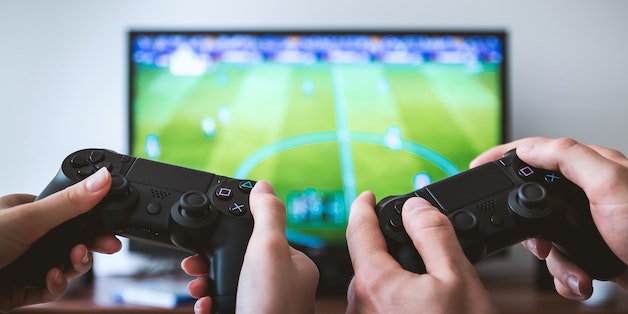
2 benefits of consumer gamification (and one honorable mention)

When a marketing strategy is able to toe the line between innovation and tradition, you can rest assured it’s worth paying attention to.
Gamification is a beloved practice by many marketers, first attracting its strongest level of support in the 2010s. A decade later, this tool is still being used in the world’s most current brand partnerships, campaigns and promotions. This sort of consistency is only possible if brands are steadily seeing value in gamification.
Julia Voloshchenko, PR Manager at usetech.com, a software development company based out of Hong Kong, highlighted the benefits of gamification, what type of consumers are present in gamified campaigns and why consumers find gamification appealing.
Basics of consumer gamification
Understanding the benefits of gamification can only occur if you have a strong understanding of its purpose and how it works.
“In a nutshell, gamification is the use of game mechanics for non-game purposes. For example, to train employees, manage a company, or attract the attention of users to a new product,” Voloshchenko said.
Gamification is not a new practice; major brands such as Starbucks have been actively implementing it since the 2010s. One could assume that this is because of the popularity gamification has amassed with consumers.
“In the marketing structure, consisting of promotional mailings and individual offers, there is an element that both distracts the buyer's attention from boring thoughts and involves them more in the process of shopping,” said Voloshchenko. “Gamification is based on a person's desire to win, their excitement, which makes the consumer return to the game again and again. It also involves a competitive process if the consumer has access to an overall customer rating.”
Gamification also speaks to the hardwiring of the human brain. It gives consumers — who are goal-oriented creatures — something to look forward to (a certain number of points to achieve, a specific level they want to get to). This encourages feelings of anticipation and excitement around your brand and its marketing messages.
“Nowadays, marketers and the market are faced with a situation where consumers don't hold their attention on promotional materials for more than a second and often even less. Gamification allows you to keep customers in your content,” said Voloshchenko.
Benefits of consumer gamification
Voloshchenko says the benefits of gamification for brands can be boiled down to two concepts: attracting new customers and retaining existing ones.
As far as customer acquisition is concerned, this is both the emergence of new consumers and the beginning of communication with existing customers.
Retaining existing customers, she says, has a lot to do with game mechanics. The elements of a game (competition, anticipation, confidence building, rewards and earnings, etc.) help to actively engage consumers and keep them focused on a brand.
A separate but equally important benefit of gamification is that it offers brands more insight into the types of consumers that may be interacting with their campaigns. While their customer persona is a good baseline to use, gamification can provide even more specific information on what behavior can be expected from consumers.
“When implementing gamification, it is worth remembering the classic scheme of Richard Alan Bartle, who formulated four basic types of people depending on their role in the game and what they expect from gamification activity,” said Voloshchenko.
These include:
Type 1: "Achievers" or "Careerists"
These players are not primarily interested in the game scenario or its content, but rather in accumulating points and collecting rewards.
Type 2: "Explorers"
These people explore the mechanics of the game itself. They are not so much interested in fighting for rewards as they are in exploring the structure of the action. The opinion of these consumers is extremely useful in the process of refining a particular game scenario. And the task of the brand is to build the right constructive communication with them.
Type 3: "Winners"
These guys are just like the "achievers" who want to win. However, they do not care much about the number of prizes; they have one goal — the final victory.
Type 4: "Socializers" or "Hangouts"
These are players for whom popularity and the ability to share content on social networks are paramount. They are important for promoting the game and attracting attention to the brand.
Gamification has a significant role in B2C marketing and brands’ ability to connect with consumers. Its many benefits help attract consumers and support marketing efforts.

Lindsay Keener is a brand journalist for Quikly. She covers stories that help to inform and educate consumer-facing marketers.

